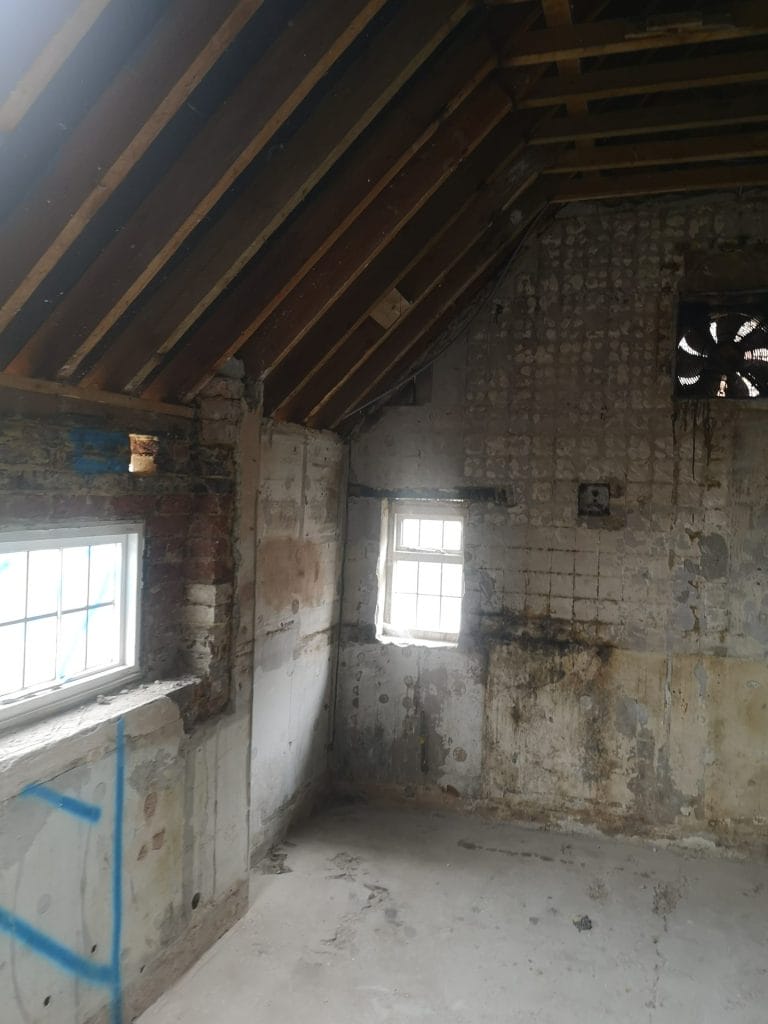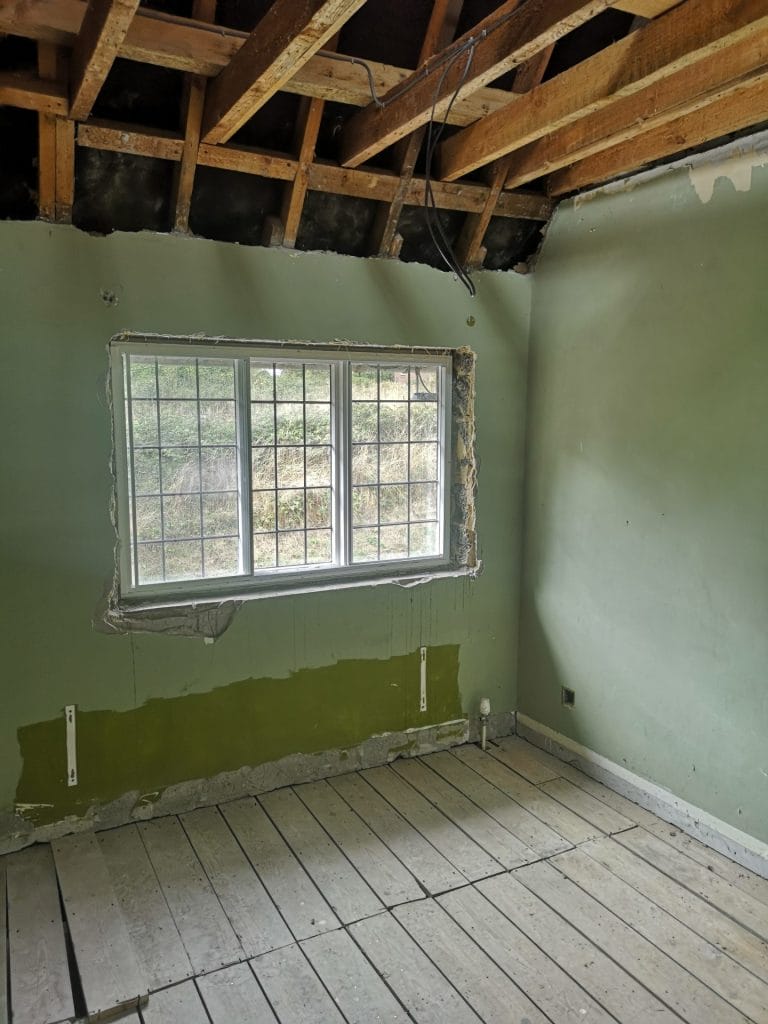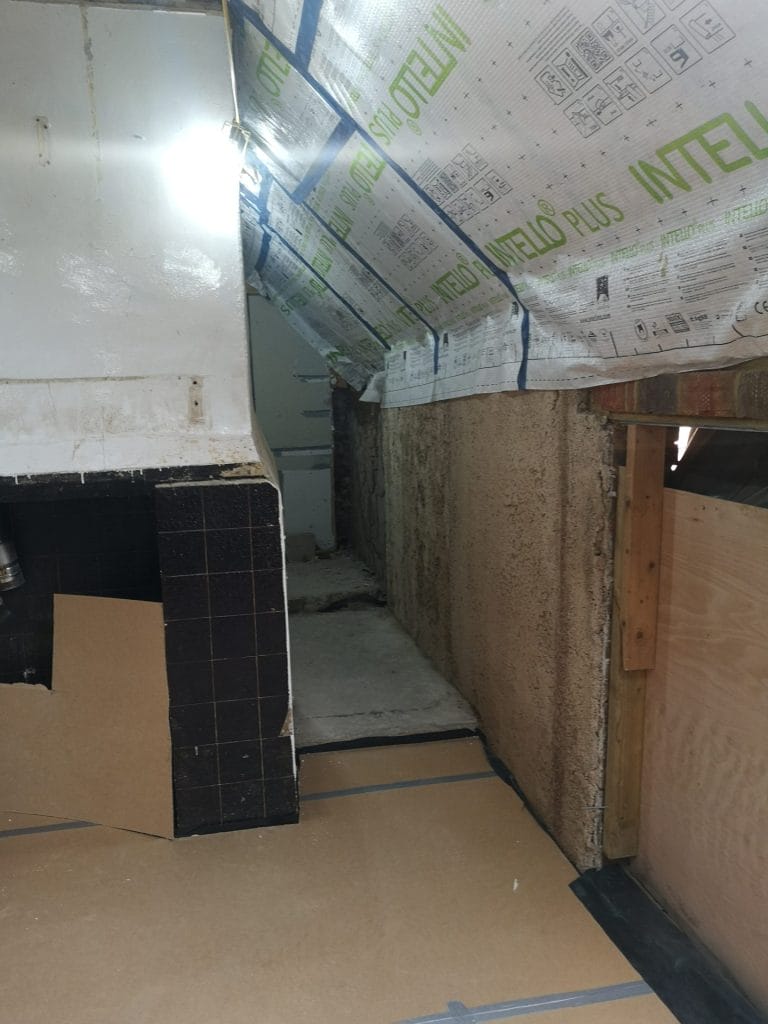This historic site is a former public house positioned centrally in a Sussex Village and framed by the slopes of the Weald. It has a large north-east facing rear garden with glorious views over the surrounding countryside. The two-storey detached house is set within the village conservation area and has been delisted following substantial rebuilding works around 60 years ago. The building is considered to be a non-designated heritage asset due to its character and traditional appearance, with remnants of earlier historic elements and form still evident such as the chimney and catslide roof. It is located in the core of the village, near the church and surrounded by Listed buildings and therefore the impact of any physical external alterations has been carefully considered with respect to the impact on the local Conservation Area.
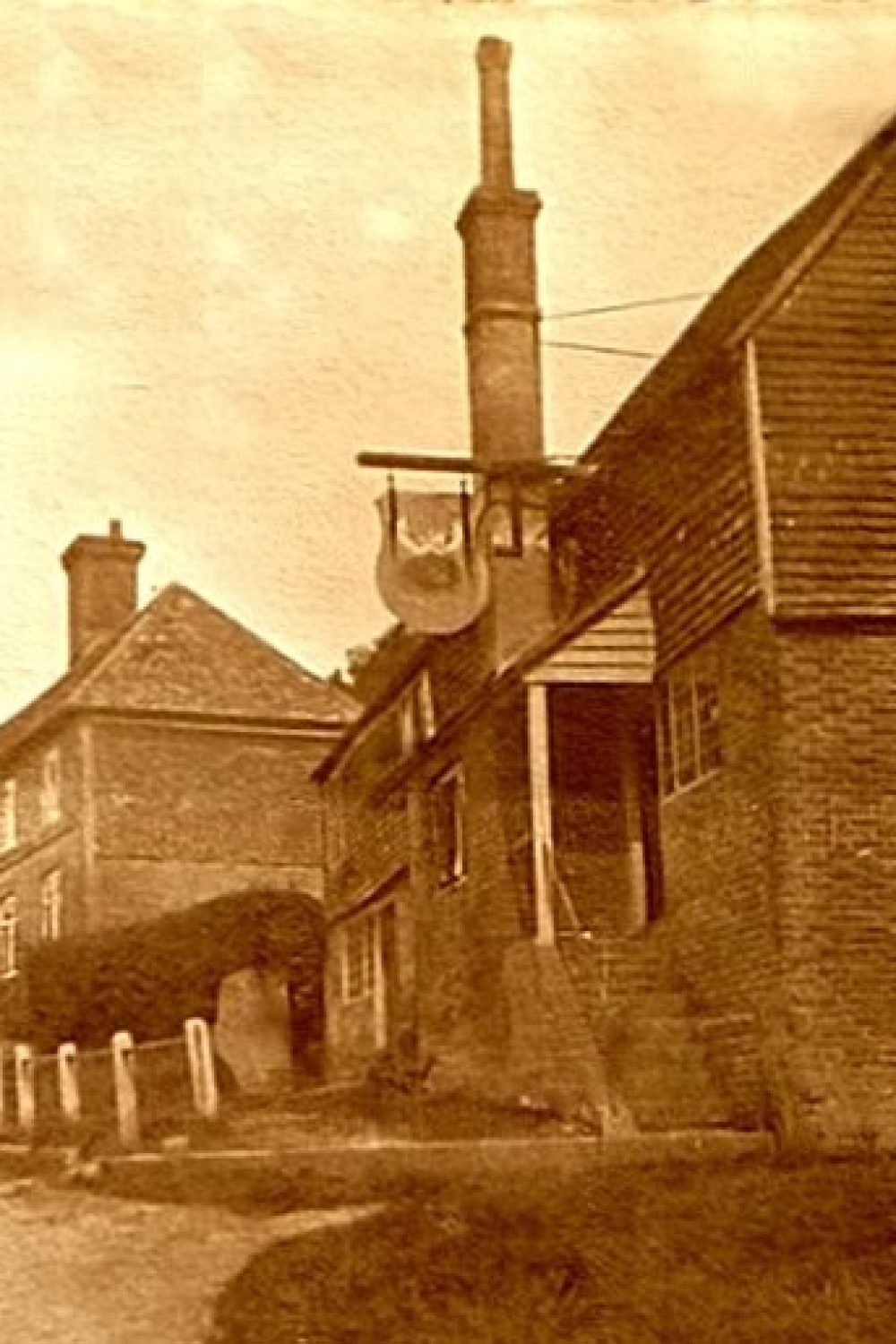


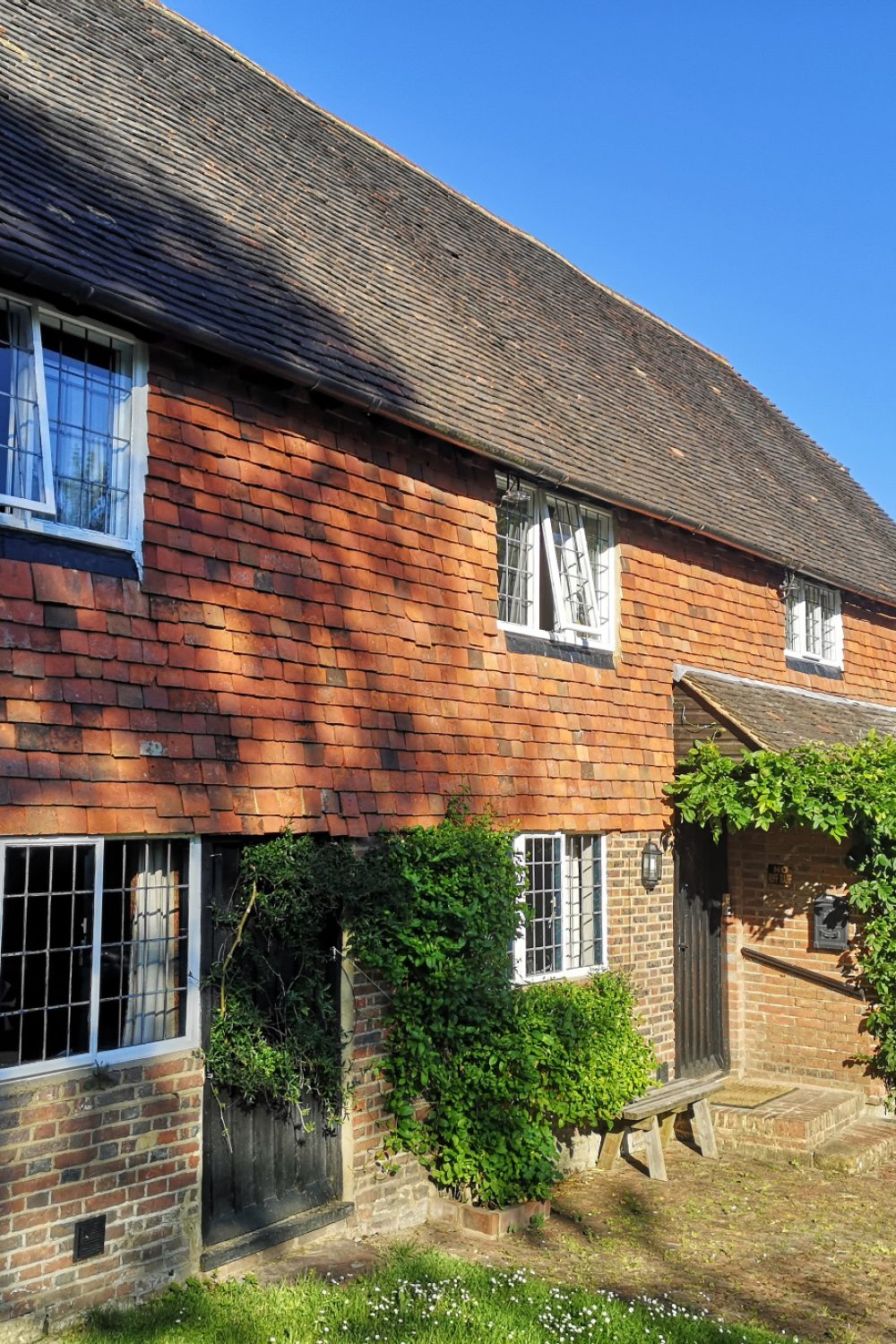
The Clients’ design brief was to carry out a sensitive conversion of the pub into a residential dwelling to suit their needs. Our aim was to create a warm, comfortable and practical home yet retain the character of the original property. The brief was also to incorporate a contemporary extension to the rear of the property to maximise the views out to the countryside beyond the garden. The Client also had ambitions to form a sustainable, low energy home and is committed to improving the existing building fabric while improving energy efficiency. A thermal design model was undertaken to help the client visualise the benefits of the thermal improvements proposed and how these impact on energy efficiency.
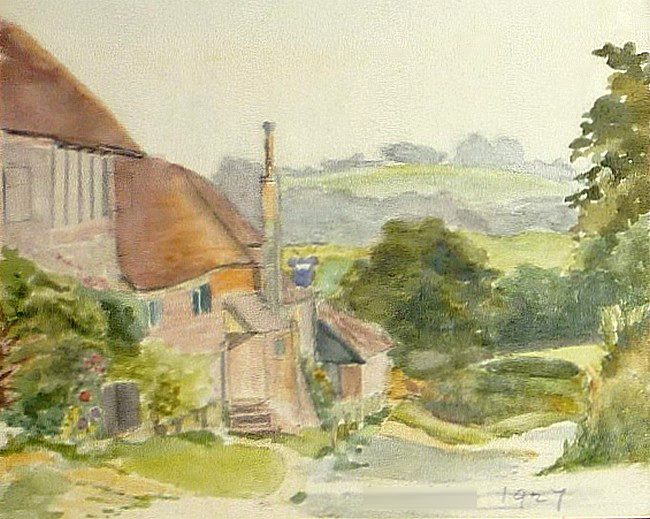
Painting from 1927 by artist Mary Gilbert.
The Retrofit Process
All existing buildings are different therefore, each individual building needs to be investigated in order to inform the correct design solutions. There is not a one design fits all. This property was no different, it was a solid brick wall, very draughty, cold building with a whole host of historic maintenance and water ingress issues which needed to be resolved prior to improving the existing fabric. So, our initial focus was resolving the maintenance issues followed closely by the careful choice of materials to suit the historic fabric. This included the following:
- Internal wall insulation – Cork lime thermal plaster and wood fibre insulation are to be installed on the internal face of the external walls which will allow the existing solid brickwork walls to remain vapour open while managing moisture control internally.
- Introducing high levels of insulation to floors and ceilings where possible while being careful not trap water vapour within the structure. The ground floor suspended timber floor now has natural flexible insulation installed with suitable membranes to improve the insulation and airtightness. The loft and catslide roof have also been insulated with natural flexible insulation and air tight barriers.
- Improving the airtightness – As we are undertaking improvements to the external walls, ceilings and floors, a new airtightness barrier is being installed throughout. This will improve the effectiveness of the insulation and heating system.
- New high performance timber windows and secondary glazing with insulation detailed into the window reveals to reduce thermal bridging.
- The introduction of an Air source heat pump to replace the existing oil fuelled, carbon intensive boiler and a number of new mechanical ventilation strategies to suit the now more air-tight construction.
These retrofit design strategies will now work with the existing building to improve the quality of the internal environment creating a warmer, cosier, draught free home and we have ensured that the air quality internally is consistently good to avoid potential issues such as condensation and mould build up.
The project is currently on site and we look forward to sharing progress and the final result.
